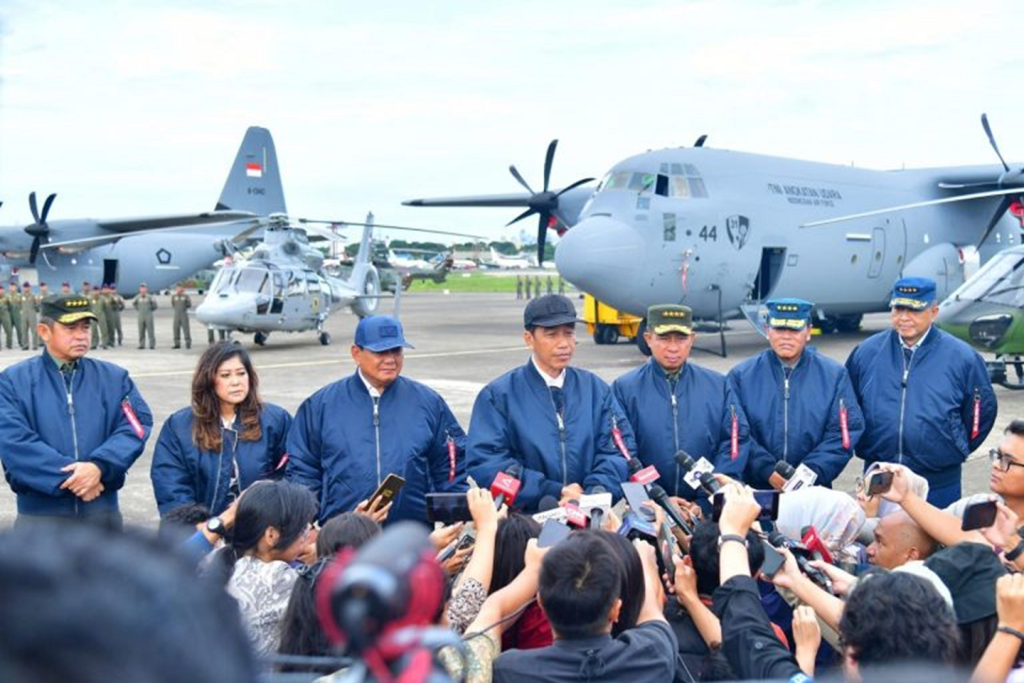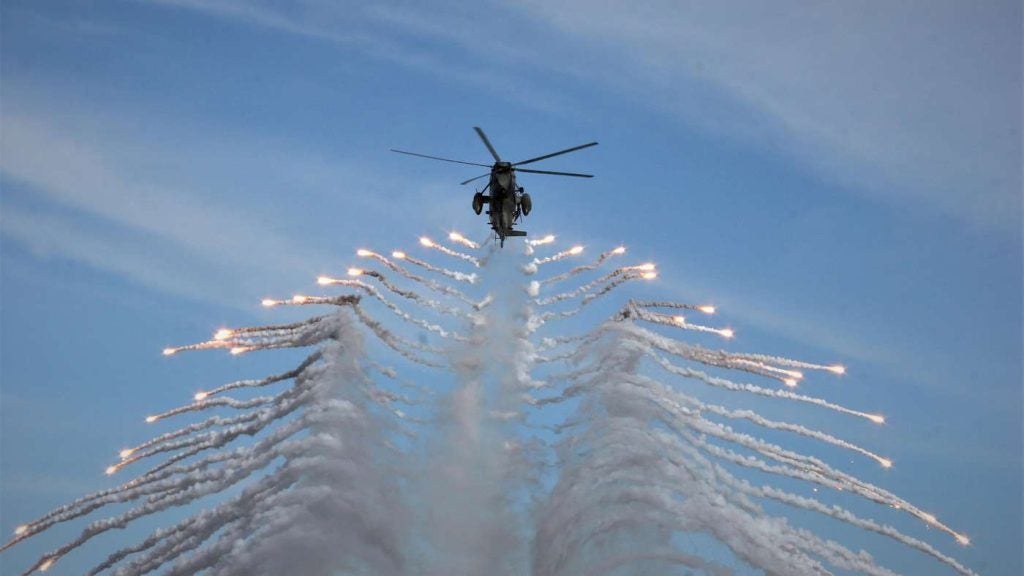In a strategic move to bolster its defence capabilities amidst growing threats from China and Pakistan, India procures advanced unmanned aerial vehicles (UAVs) from domestic manufacturers, emphasising a shift towards indigenisation and reduced import dependencies.
In a bid to strengthen its defence capabilities and reduce reliance on imports, India is actively procuring the Drishti-10 Starliner, a version of the Hermes 900 medium-altitude long-endurance (MALE) UAV, jointly manufactured by Elbit Systems Ltd and Adani Defence and Aerospace.
GlobalData's latest report, "The Global Military UAV Market 2023-33," highlights that India is set to invest $12.8bn in various categories of UAVs, with a substantial 70.4% earmarked for the MALE segment.
The ongoing procurement signifies a strategic move by India to promote indigenisation and empower domestic private players in the defence sector. GlobalData, a leading data and analytics company, emphasises that this approach responds to the escalating threats posed by neighbouring China and Pakistan.
India's 'Aatmanirbharta in Defence' initiative aims to reduce import dependency, promoting domestic manufacturing across design, R&D, testing, and production in defence. Private players, spurred by government initiatives, invest in manufacturing defence equipment to meet the armed forces' needs.
Established companies and new entrants, including Adani and Reliance, actively participate in this shift, forming joint ventures and acquiring stakes in companies specialising in defence technologies.
Vinayak R Kamath, aerospace and defence analyst at GlobalData, points out that acquiring the Drishti-10 Starliner goes beyond national security concerns. The UAVs are expected to enhance the Indian Maritime Forces' capabilities to monitor shipping lines and mitigate piracy risks.
This became particularly evident in early January 2024 when Indian Marine Commandos successfully conducted rescue operations in the Red Sea following the hijacking of an Indian Naval vessel by Somali pirates.
Kamath further highlights that procuring modern UAV systems like the Drishti-10 is vital for securing regional interests and instrumental in developing a robust domestic supply chain. This strategic move ensures the deployment of UAVs and a continuous supply of spare parts during combat, further fortifying India's defence infrastructure.
As India pivots towards strengthening its defence capabilities through indigenous means, procuring advanced UAVs signals a response to external threats and a commitment to fostering a self-reliant defence ecosystem.











